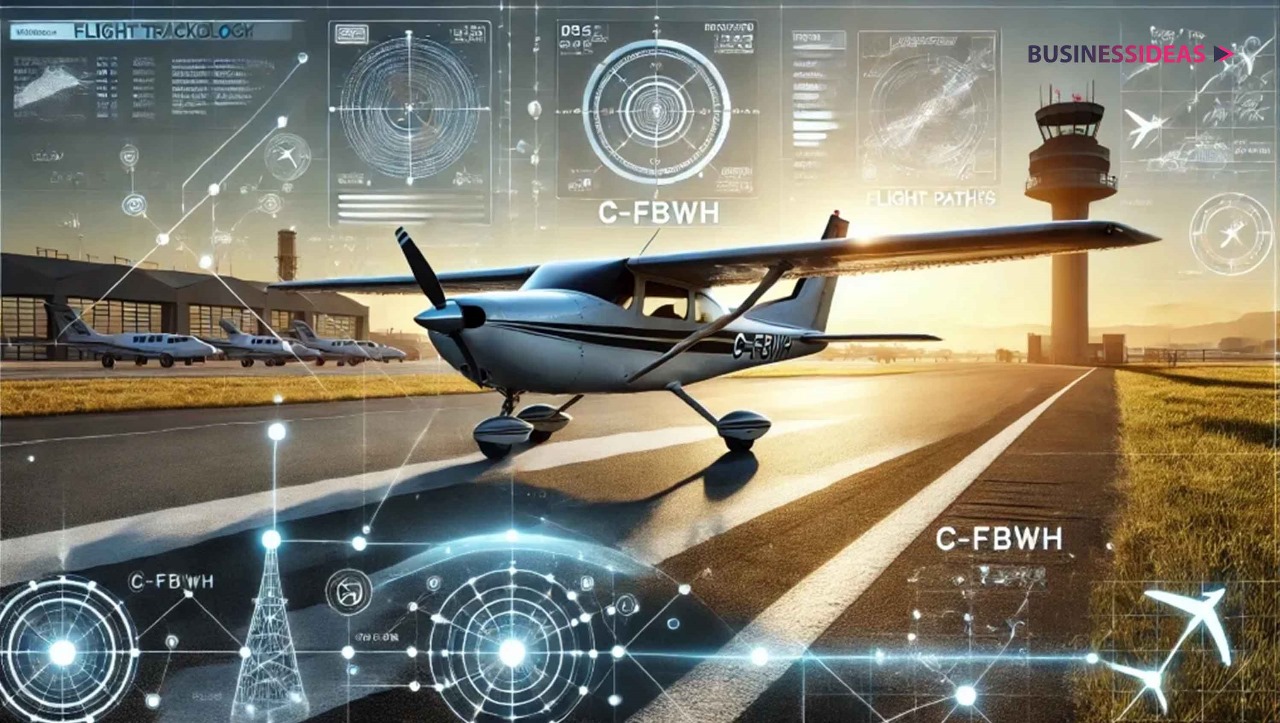CFBWH or Combines Flight-Based Weather Handling has long been at the forefront of cutting-edge aviation technologies, and one such exciting advancement is Combines Flight-Based Weather Handling CFBWH This advanced system integrates real-time weather tracking, advanced data analytics and artificial intelligence for flight operations optimization; improving safety while increasing efficiency while decreasing environmental impact CFBWH represents an exciting breakthrough that may transform how aviation works going forward. In this blog, we’ll look deeper into this revolutionary system’s workings while discussing its potential to transform air travel in general
What is CFBWH
CFBWH is an integrated aviation management system that integrates real-time weather monitoring with advanced flight management tools, using deep learning algorithms to track weather conditions, aircraft positions and flight data providing pilots and air traffic controllers with vital information they can use during flights to make informed decisions about safety and efficiency. comprehensive weather database also allows airlines to optimize flight routes for greater safety and efficiency while improving flight routes overall.
CFBWH’s primary function is to increase operational efficiency by adapting to dynamic conditions. For example, during turbulent weather or mechanical issues, it can adjust flight plans in real-time to avoid hazardous areas, thus lowering risks of accidents. With real-time data collection and predictive analytics combined together in CFBWH, aviation now has access to an effective tool designed specifically to increase operational efficiencies and mitigate accidents.

How CFBWH Combines Aviation and Technology
CFBWH serves as an outstanding example of how advanced technologies such as artificial intelligence (AI), data science and deep learning can transform traditional industries such as aviation. Safety and efficiency are both central concerns within aviation; any system which enhances them are greatly appreciated by stakeholders.
The CFBWH system works by integrating several advanced technologies:
- Deep Learning Algorithms: These algorithms analyze large volumes of historical and real-time flight path, weather condition and aircraft performance data in order to predict potential issues before they arise. If, for instance, storm clouds appear along your planned flight route, for example rerouting is done automatically to reduce turbulence or delays on board your plane.
- Real-Time Data Analytics:CFBWH collects real-time data from sensors and satellites, processing this data to provide up-to-the-minute insight into weather, flight performance and air traffic issues affecting flight safety and efficiency. Pilots and air traffic controllers alike rely on this insight when making informed decisions to maximize flight safety and efficiency.
- Advanced Materials and Aerodynamics: CFBWH goes beyond software; the system employs advanced materials and design techniques that help reduce aircraft weight, drag, fuel efficiency and emissions while increasing sustainability in aviation design. Together these innovations make aviation more sustainable.
This combination of software and hardware innovations makes CFBWH a game-changer for the aviation industry.
Advantages of CFBWH Over Traditional Aircraft Designs
CFBWH boasts several key advantages over conventional aircraft systems. Most notable among them is real-time adaptability: unlike standard aircraft designs that may remain rigid over time, CFBWH dynamically adjusts flight routes and operational parameters according to changing environmental factors.
Here are some of the key advantages:
- Improved Fuel Efficiency: CFBWH assists airlines by optimizing flight paths and cutting unnecessary fuel consumption to help cut costs while decreasing emissions and environmental footprint. The system’s ability to adapt to real-time weather patterns ensures planes take the most economical routes possible to reduce both use of fuel as well as emissions.
- Enhanced Safety: CFBWH enhances flight safety by offering real-time updates of weather conditions and potential risks, such as severe turbulence. If this occurs, alternative routes can immediately be suggested so as to reduce accidents.
- Lower Operating Costs: CFBWH’s modular design facilitates easier upgrades and maintenance for airlines, making upgrades without overhauling an entire aircraft simpler and resulting in lower operating costs and extended aircraft lifespan.
- Predictive Maintenance: CFBWH can monitor an aircraft in real-time to predict when maintenance may be needed before an issue occurs, helping airlines keep their planes flying longer with minimal downtime and expense. With its advanced monitoring capability and predictive maintenance scheduling feature, this tool helps airlines maintain flight operations more smoothly while saving airlines both money and downtime costs.
Real-World Applications and Examples of CFBWH
CFBWH is already making waves in several sectors of the aviation industry. Its applications extend beyond just commercial airliners and into other areas, such as drones and military aircraft.
- Airlines: CFBWH is currently being utilized by numerous major airlines to track flight status and optimize operations, keeping tabs on weather, air traffic, flight performance and customer satisfaction real time. These capabilities lead to improved on-time performance as well as customer service enhancement and ultimately greater customer satisfaction.
- Drone Logistics:CFBWH provides companies entering the rapidly developing field of drone logistics with tools to optimize delivery routes and ensure drone deliveries take place as efficiently and safely as possible. By assessing air traffic patterns and weather forecasts, this system ensures drone deliveries take place as efficiently as possible.
- Military Operations: CFBWH is employed by the military for improved reconnaissance and strategic planning, offering real-time data about weather conditions and aircraft performance – providing commanders a holistic view of battle
Challenges and Limitations of CFBWH
Implementation of CFBWH on a large scale may present various difficulties; one major one being cost of integration; developing and installing CFBWH systems requires significant financial investments that may prove prohibitive for smaller airlines and operators.
Compatibility with legacy systems presents another significant obstacle. Many airlines use legacy systems which may not easily integrate with CFBWH technologies and retrofitting such systems can be both time consuming and expensive.
Additionally, data privacy and security issues arise with so much real-time data being collected and processed; there’s always the risk that sensitive information is exposed or misused by a malicious individual or party.
The Future Potential of CFBWH
CFBWH holds great promise in the near future, especially with advancements such as AI and deep learning technologies enabling more accurate flight predictions and greater operational efficiencies. As these tools develop further, so will become even more powerful, offering improved flight predictions as well as increasing operational efficiencies.
As environmental concerns become more pronounced, aviation will likely rely more heavily on technologies like CFBWH to mitigate carbon emissions and enhance fuel efficiency.
CFBWH technology could also benefit other industries outside of aviation, including logistics, autonomous vehicle usage and maritime shipping. Real-time data analysis coupled with predictive maintenance and route optimization would prove particularly advantageous in these settings.
Conclusion
CFBWH represents not just technological progress but a revolution in how aviation works. By combining real-time weather management, predictive analytics and cutting edge materials with cutting-edge materials such as graphene nanofibers, this revolutionary system is setting new standards of efficiency, safety and sustainability in air travel. Although challenges exist with regards to implementation cost and benefit analysis of this system; its benefits outweigh these hurdles substantially making one of the cornerstones for intelligent aviation of tomorrow and playing an even greater part in creating safer skies that are safer, more eco friendly skies as technology progresses hopefully becoming even more crucial in helping protect all three objectives than before!








